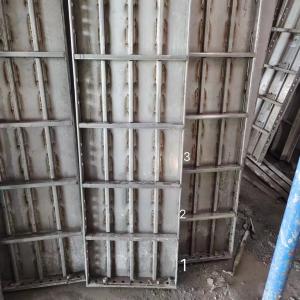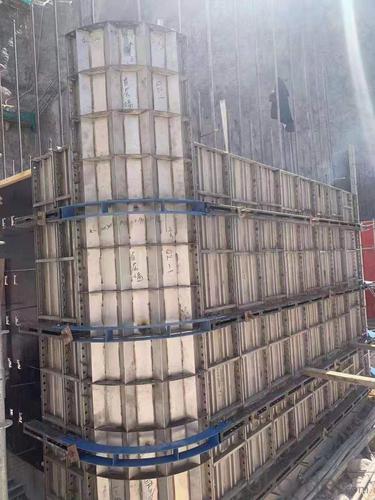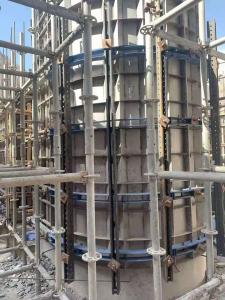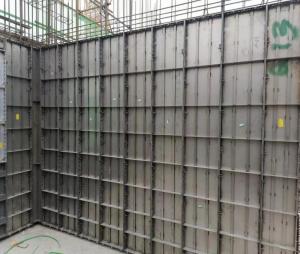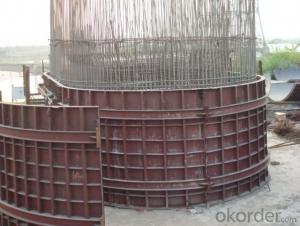Reliable supplier of stainless steel climbing formwork, Stainless Steel wall formwork
- Loading Port:
- Shanghai
- Payment Terms:
- TT or LC
- Min Order Qty:
- 1 set
- Supply Capability:
- 1000000 set/month
OKorder Service Pledge
OKorder Financial Service
You Might Also Like
Stainless steel formwork
Replaceable size aluminum formwork :400X1200mm , 400X1500mm
Advantages:
1 Stainless steel formwork, 100% follow the design of aluminum alloy formwork system, it is interchangeable, compatible and can be used together with aluminum formwork at the same time .
2It is made of high-strength stainless steel strip by rolling and laser welding. It has good corrosion resistance and high density,is not easy to rust and has no fire hazard.
3Long service life, many turnover times, high recycling value
The number of turnovers is large, especially the characteristics of no dust, no need to brush or less mold release agent, and the characteristics of low renovation costs will bring unlimited optimistic prospects to it.
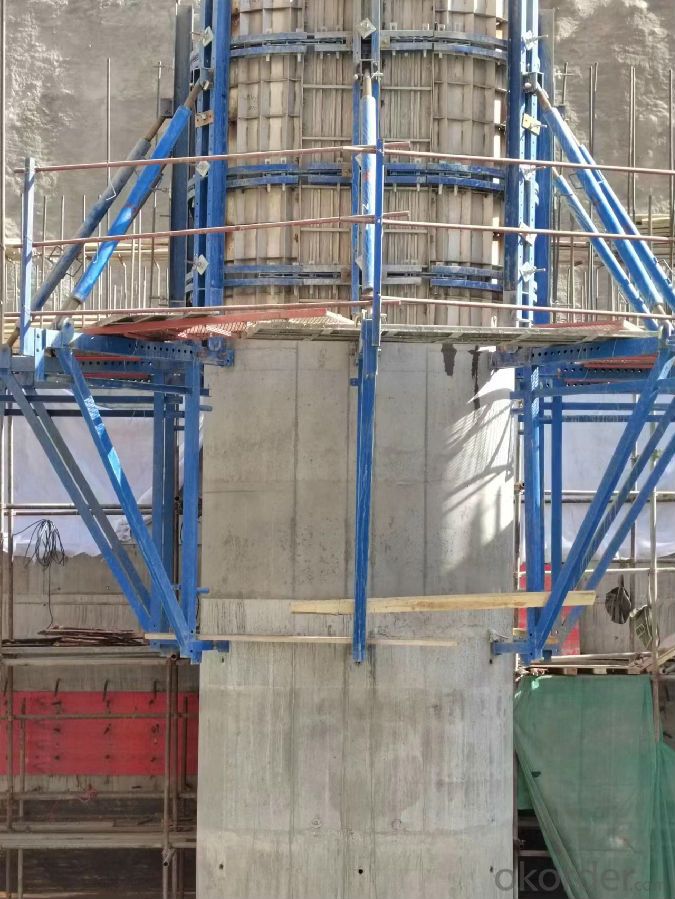
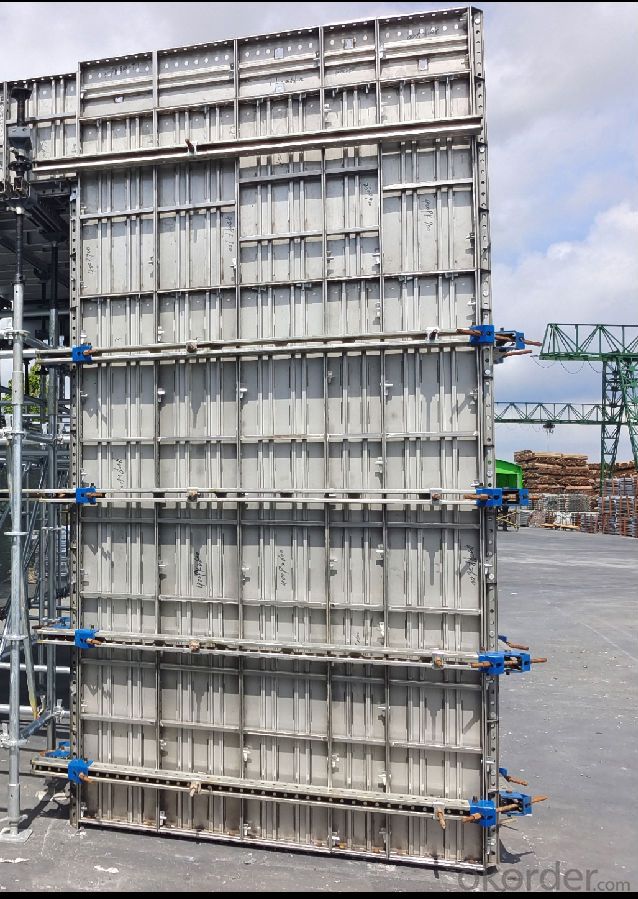
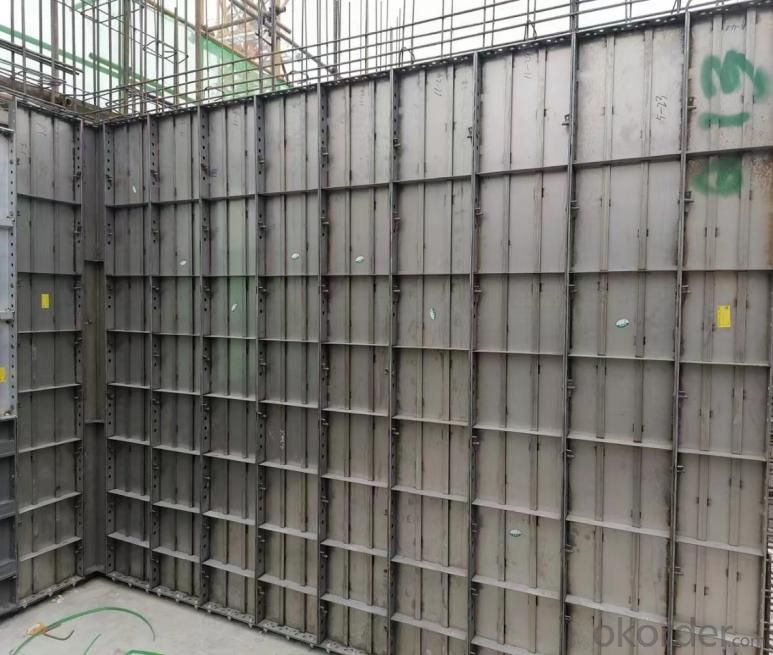
- Q: Can steel formwork be used for both horizontal and vertical concrete placements?
- Indeed, both horizontal and vertical concrete placements can utilize steel formwork. The utilization of steel formwork offers a robust and sturdy framework, rendering it appropriate for a wide range of concrete placements. Its durability and stability enable it to endure the force exerted by the moist concrete, guaranteeing the preservation of its shape and structure throughout the curing phase. Steel formwork exhibits versatility, enabling convenient customization and assembly to fulfill the precise demands of horizontal and vertical concrete placements. Regardless of whether it pertains to the construction of slabs, walls, columns, or beams, steel formwork serves as a dependable and effective solution for generating superior concrete structures.
- Q: How does steel formwork help in achieving accurate dimensions and shapes?
- Achieving precise dimensions and shapes is made possible with the use of steel formwork. The rigid and stable structure of steel formwork can withstand the pressure of the concrete, eliminating the risk of warping or bending that is common with traditional wooden formwork. Therefore, the dimensions and shapes remain consistent throughout the construction process. The steel panels used in formwork are manufactured with precision, allowing for tight tolerances and accurate measurements. These panels can be easily adjusted and interconnected, providing flexibility in creating various shapes and sizes. Furthermore, steel formwork is durable and can be reused multiple times. This ensures that the dimensions and shapes achieved in one project can be replicated accurately in subsequent projects. As a result, time and money are saved, and consistent results are guaranteed. The strength and stability of steel formwork also prevent any deformation or movement of the concrete during the pouring and curing stages. This eliminates the risk of inaccuracies or distortions in the final dimensions and shapes of the concrete elements. In conclusion, steel formwork is a reliable and efficient solution for achieving accurate dimensions and shapes in construction projects. Its strength, durability, and precision make it an ideal choice for ensuring consistent and high-quality results.
- Q: What are the different safety training requirements for steel formwork installation?
- The different safety training requirements for steel formwork installation typically include proper use and handling of equipment, knowledge of safety protocols and procedures, understanding of personal protective equipment (PPE), awareness of potential hazards and how to mitigate them, and training on emergency response and evacuation procedures. Additionally, workers may need to undergo specific training related to fall protection, scaffolding, and other specialized tasks involved in steel formwork installation.
- Q: How does steel formwork contribute to improved construction site access?
- Improved construction site access is facilitated by steel formwork in various ways. Firstly, the durability and reliability of steel formwork enable the construction of robust and stable structures. As a result, workers can navigate the formwork with confidence, assured of its stability and integrity. Secondly, the highly versatile nature of steel formwork allows for customization according to the specific requirements of any project. This flexibility enables the creation of intricate shapes and designs, improving access to different areas of the construction site. For instance, curved or inclined formwork can be utilized to construct ramps, staircases, or other access points that facilitate movement and navigation. Moreover, steel formwork is renowned for its exceptional load-bearing capacity, enabling it to support heavy loads and equipment. This is especially crucial in construction projects involving cranes, scaffolding, or other substantial machinery. By providing a sturdy platform, steel formwork ensures that access is maintained even during the transportation of heavy loads across the site. Furthermore, the quick and effortless assembly of steel formwork significantly reduces construction time and enhances on-site access. Its modular design allows for efficient installation and dismantling, enabling access points to be created or modified promptly. This proves particularly advantageous in time-sensitive projects or situations where the site layout requires frequent adaptation. To conclude, steel formwork contributes to improved construction site access through its durability, versatility, load-bearing capacity, and ease of assembly. These attributes not only enhance worker safety but also facilitate movement around the site, ultimately optimizing productivity and efficiency in the construction process.
- Q: How does steel formwork affect the overall noise transmission in the building?
- Steel formwork can have a positive impact on reducing noise transmission in a building. Its solid and dense structure acts as a barrier, effectively blocking the transmission of sound waves. Additionally, steel formwork is known for its excellent vibration-damping properties, further minimizing noise transmission. Therefore, by using steel formwork, the overall noise levels within the building can be significantly reduced, resulting in a more peaceful and comfortable environment for occupants.
- Q: Can steel formwork be used for complex geometric shapes?
- Complex geometric shapes can indeed be created using steel formwork. Steel, being an incredibly versatile and malleable material, can easily be molded and shaped to fulfill the demands of various intricate designs. Its outstanding strength and durability make it ideal for constructing formwork for elaborate architectural and structural shapes. With steel formwork, it is possible to fabricate and tailor the angles, curves, and dimensions precisely, enabling the realization of intricate and distinctive shapes in construction projects. Moreover, steel formwork can be reused numerous times, making it a cost-effective choice for projects that necessitate complex geometric shapes. All in all, steel formwork offers the essential flexibility, strength, and durability needed to effectively accommodate complex architectural and structural designs.
- Q: Can steel formwork be used for precast concrete elements?
- Yes, steel formwork can be used for precast concrete elements. Steel formwork provides durability and strength, making it suitable for manufacturing precast concrete elements. It allows for precise shaping and accurate dimensions, ensuring high-quality and consistent results. Additionally, steel formwork can be easily reused, making it a cost-effective option for precast concrete production.
- Q: Can steel formwork be used in areas with limited labor availability?
- Indeed, in areas where labor is scarce, steel formwork can prove to be an invaluable resource. Renowned for its versatility and durability, this system demands less manpower when compared to traditional formwork techniques. Its assembly and disassembly are effortless, and it can be utilized repeatedly, thus diminishing the necessity for constant labor in formwork construction. Moreover, steel formwork's lightweight nature enables easy transportation to remote regions, rendering it ideal for construction endeavors situated in areas where labor resources are limited. All in all, the employment of steel formwork facilitates an expedited construction process and optimizes labor utilization in regions with restricted labor availability.
- Q: How does steel formwork affect the overall water tightness of a structure?
- Steel formwork does not directly affect the water tightness of a structure as it is used to create the shape and support the concrete during construction. However, the quality of the concrete and the proper installation of seals, joints, and waterproofing measures are crucial factors determining the overall water tightness of the structure.
- Q: What are the common challenges faced during steel formwork removal?
- Some common challenges faced during steel formwork removal include difficulties in dismantling the structures due to their heavy weight and complex design, potential safety hazards during the removal process, the need for specialized equipment and expertise, and the possibility of damage to the concrete structure if not done carefully.
Send your message to us
Reliable supplier of stainless steel climbing formwork, Stainless Steel wall formwork
- Loading Port:
- Shanghai
- Payment Terms:
- TT or LC
- Min Order Qty:
- 1 set
- Supply Capability:
- 1000000 set/month
OKorder Service Pledge
OKorder Financial Service
Similar products
Hot products
Hot Searches
Related keywords

